The human body is fascinating! It can do the most remarkable things. Some never imagined they’d run even a kilometre but now are permanent members of their local park runs. Others have run the Comrades religiously for years, beating their previous records each time. Regardless, our bodies can always do with some help in complete recovery and athletic endurance. Activewear was created to help us perform at our best, all the way down to the little details, like our running socks. Running can take a massive toll on our foot joints, muscles, and veins. So, choosing the right pair of socks can radicalise our performance.
The running world is all too familiar with compression socks and support socks. Runners may deal with foot fatigue, swelling, or circulation issues and great socks can provide healing relief. If you’ve heard of them but are not sure how to tell the difference between the two—stick around. This guide will enlighten you on the difference between compression andsupport socks (i.e. Beluga support socks designed for runners) so you can meet your running goals.
Want more helpful advice on running socks? Read:A Comprehensive Guide to Running Socks.
Difference Between Compression Socks and Support Socks Overview
What Are Compression Socks?
The difference in compression socks is that they are made to improve blood flow to your legs and feet. They are tighter around the ankle and gradually become looser as they move up the leg. Their rising compression helps push blood back up toward the heart and prevent it from pooling in the lower limbs.
Core Benefits of Compression Socks
Thebenefits of compression running socks include their ability to lessen swelling and prevent cramping by promoting blood flow. This is extremely helpful for long-distance runners. They also limit muscle fatigue and soreness by promoting better oxygen delivery to the muscles during and after a run. Many runners use compression socks post-run to speed up recovery and minimise inflammation.
If you experience swollen feet after a long run, or if you’re recovering from an injury, compression socks might be the perfect solution. They also provide extra comfort during flights or long periods of sitting.
What Are Support Socks?
Support socks, also known as supportive or cushioned socks, are primarily designed for comfort and stability. Unlike compression socks, they don’t apply consistent pressure to improve blood circulation. Instead, they offer extra cushioning and support to the feet and arches, which can help prevent common running injuries such as plantar fasciitis or shin splints.
Primary Benefits of Support Socks
Support socks brace the arch of the foot more fully to combat strain and pressure on the plantar fascia during runs. Their extra padding in key areas like the heel and ball of the foot absorbs impact. Therefore, support socks are ideal for runners who need added shock absorption. They help maintain a correct foot alignment by providing extra support and stability. They also decrease the risk of injuries caused by overpronation or supination.
Support socks are a wise choice for runners looking for day-to-day cosiness and stability during shorter runs.
Key Differences Between Compression Socks and Support Socks
Now that you are familiar with each type, let’s break down the major differences between compression socks and support socks in more detail.
Purpose
- Compression socks focus on improving circulation, lowering swelling, and assisting recovery.
- Support socks offer protection and stability for comfort and injury prevention.
Fit
- Compression socks have a snug fit that applies pressure around the ankle area.
- Support socks are generally more enjoyable to wear. Instead of tight compression, support socks have targeted cushioning in the sensitive areas.
Best For
- Compression socks are suited to runners who suffer from swollen feet, muscle fatigue, or those recovering from an injury.
- Support socks are optimal for runners who need excess lining or arch support during short or moderate-distance runs.
Socks for Swollen Feet: Which Should You Choose?
As important pieces of running gear, compression socks are likely better if you’re prone to swollen feet after running. Compression socks differences include their ability to optimise circulation and prevent blood from pooling in the feet helps with countering swelling. Support socks may be more pleasant, but they won’t provide the same benefits when it comes to managing circulation-related swelling.
Conclusion: Support Socks vs. Compression Socks
The difference between compression socks and support socks may vary based on your focus as a runner. If you’re running long distances, recovering from an injury, or experiencing swollen feet, compression socks are your best bet. But for runners who need more stability, cushioning, and arch support, support socks can improve comfort and prevent injuries.
Both types of socks can help you perform at your peak and stay injury-free. Whatever you choose between compression socks or support socks, the most important thing is to find a pair that suits your running style and provides the comfort you need.
The Athlete’s Foot online store has an impressive range of compression and support gear curated for runners.Create your personal Athlete’s Foot wishlist to kickstart or transform your running performance today.
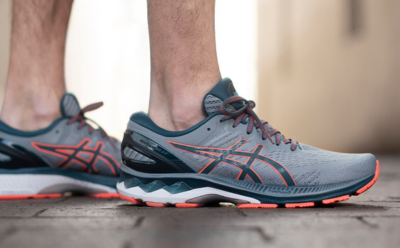
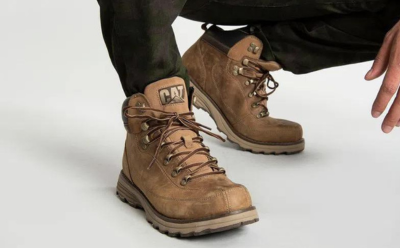
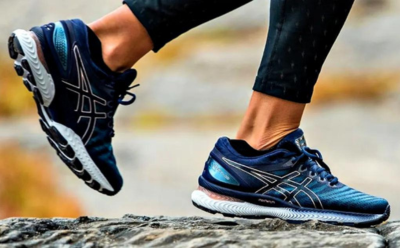
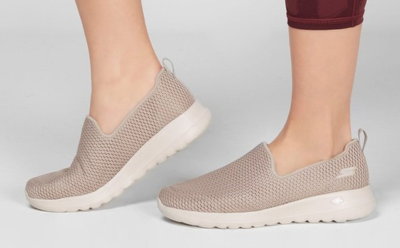
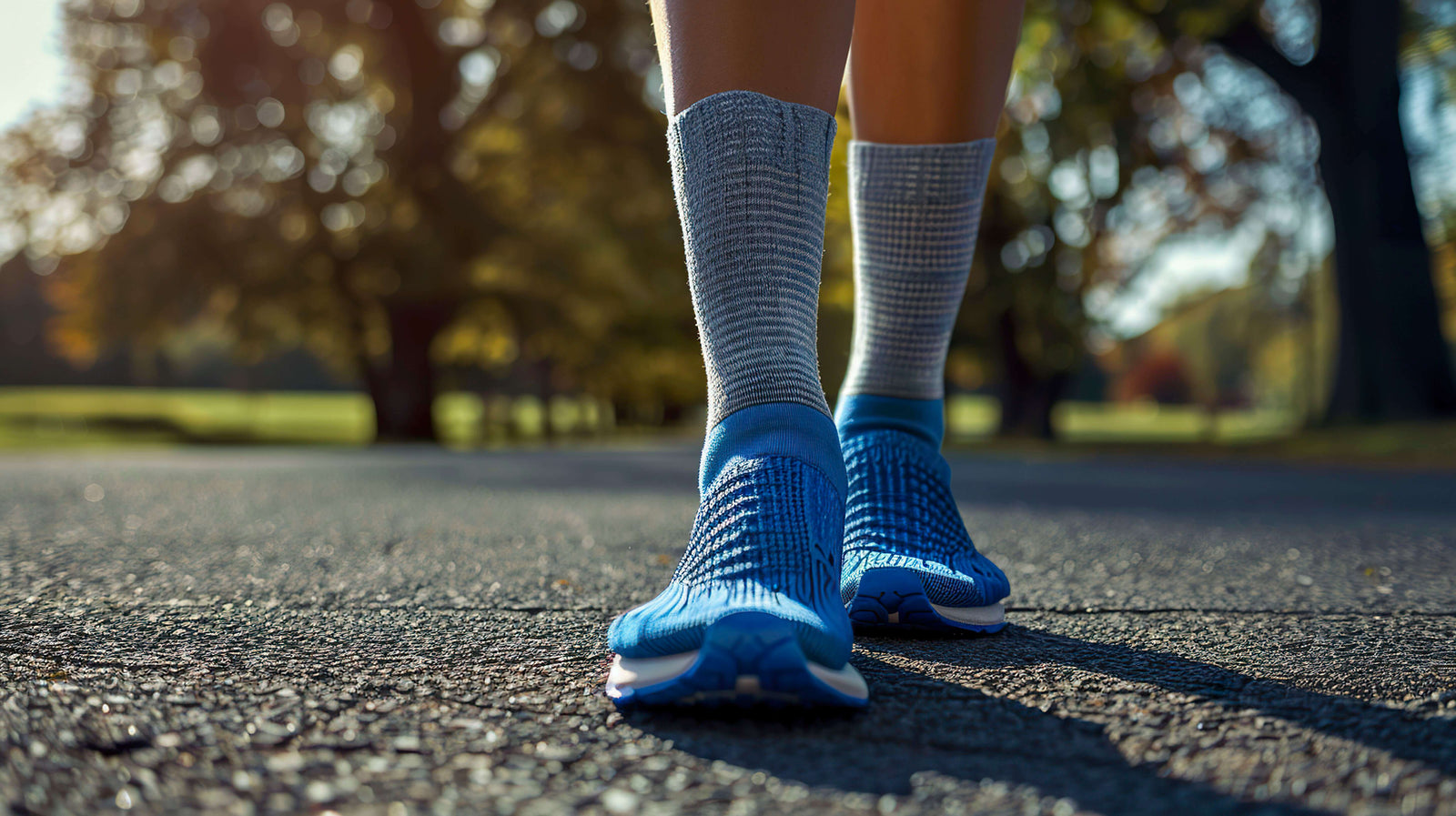

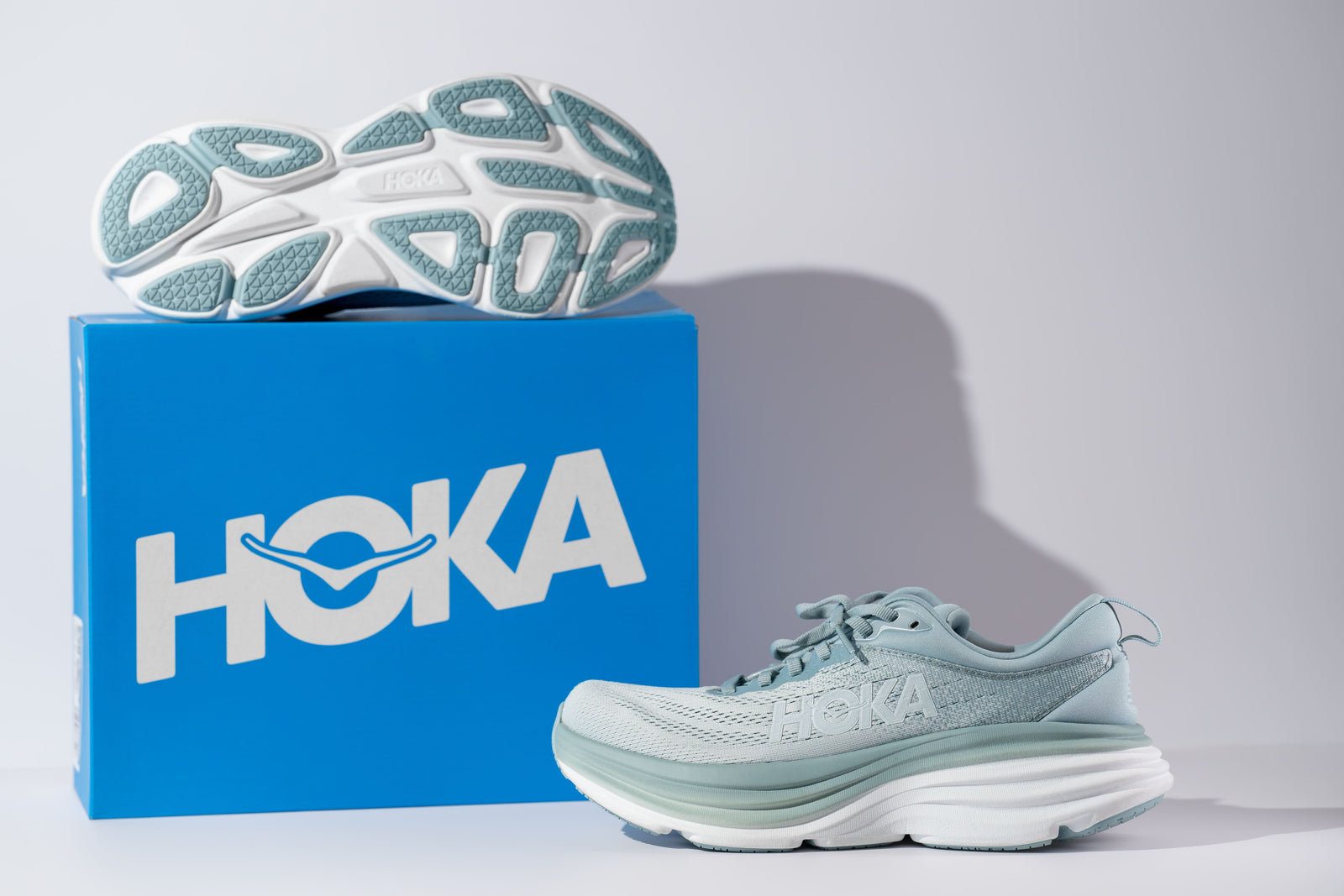
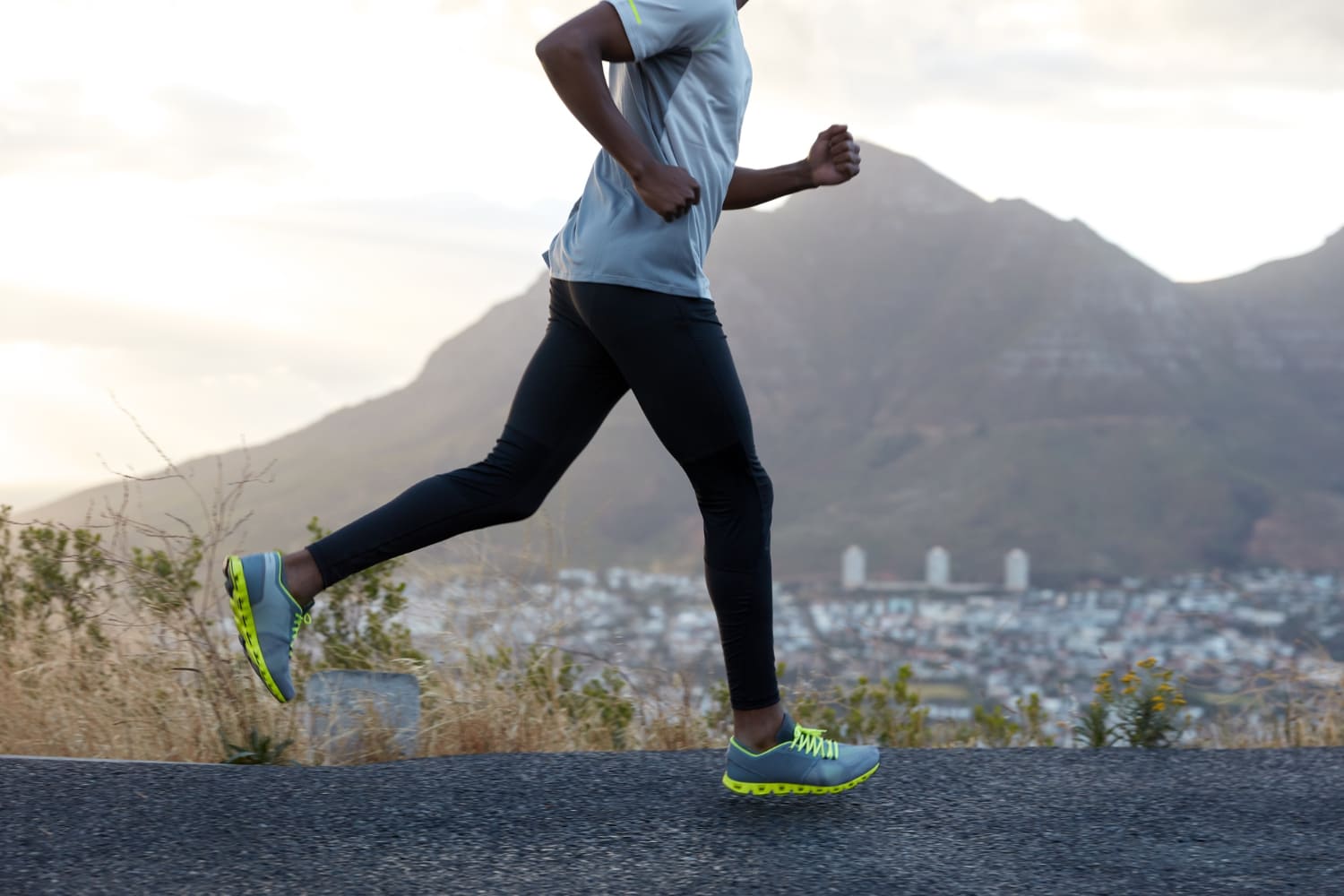
Leave a comment (all fields required)